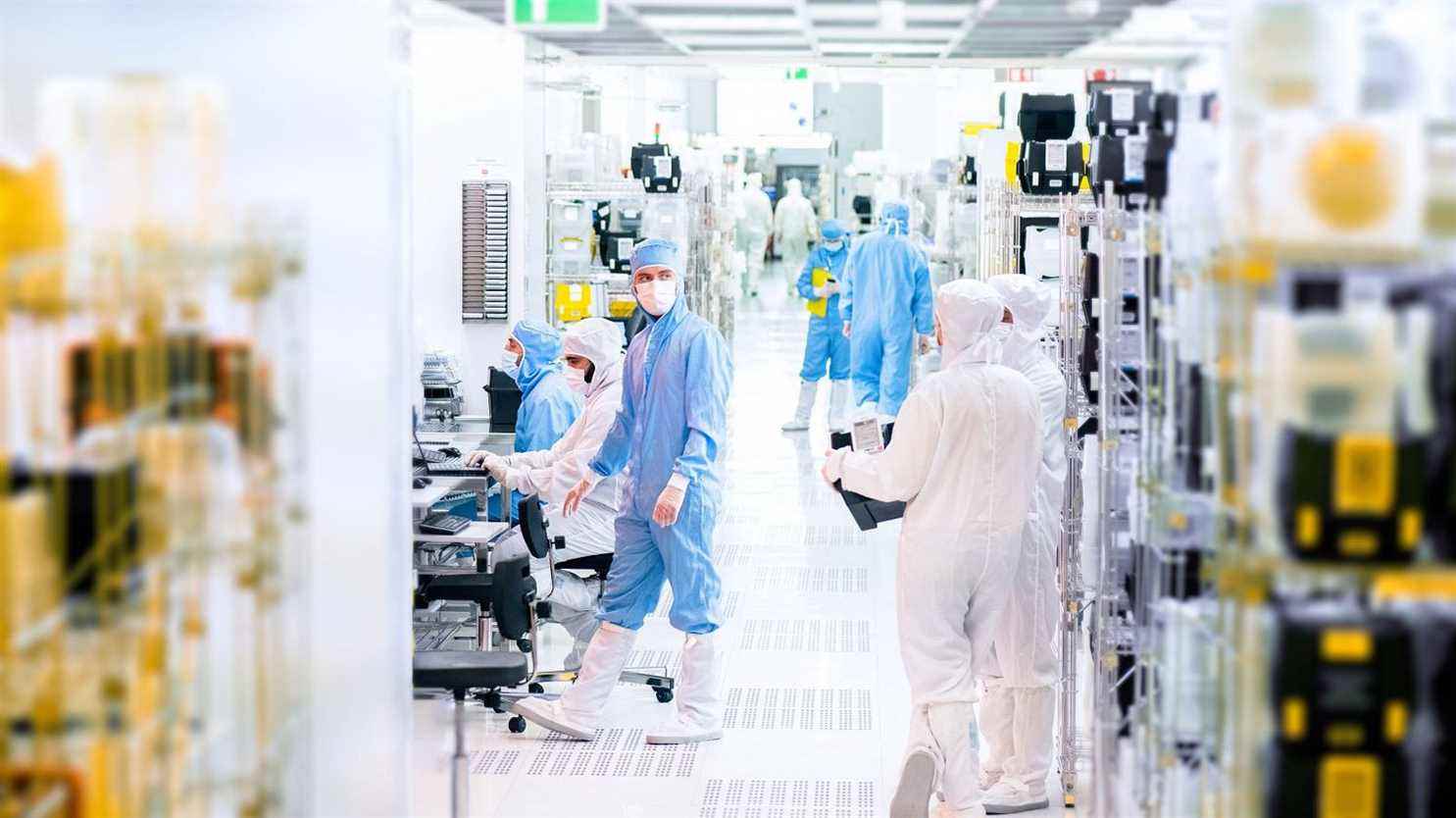Without semiconductors, there is simply no digital: no 5G, no computers. If you disassemble your smartphone, you will see these electronic circuits that allow you to take photos or navigate through the different applications. Today, these components are mainly manufactured in Asia, and more particularly in Taiwan, the undisputed leader. The archipelago has developed this sector with the company TSMC which alone guarantees more than half of world production. The United States represents 20% of the market, and Europe only 10%.
>> Semiconductors: the shortage should last another year, according to Paul Boudre, the boss of Soitec
If today the subject is on the table, it is because demand is exploding and the Covid-19 crisis has disrupted supply circuits. We are therefore now faced with a shortage of semiconductors. The consequences are very concrete for consumers, who have had difficulty in recent months finding video game consoles. Ditto for cars with Renault, Ford or Volkswagen factories idling. Delivery times have doubled. And it’s not ready to work out. “Today, all countries, all production sites are increasing their capacityexplains Sébastien Dauvé, director of CEA-LETI in Grenoble, a microelectronics research institute. Factories are being built, for example in Crolles near Grenoble, but it will take two to four years for these factories to be operational. And afterwards, we will probably have overcapacity, but since we have these big underlying trends, we say to ourselves that in the medium or long term, these factories will be used anyway.
Semiconductors have become essential to the economy, hence these subsidy plans: in the United States, 52 billion dollars are injected to revitalize the sector, and in Europe, the European Commission presents Tuesday, January 8 a plan to 42 billion euros with the intention of boosting the production of these strategic materials. The stated objective is to quadruple the production of semiconductors and try to achieve a 20% market share within 10 years.
France has a card to play in this area and we see it in Grenoble, where the heavyweights of the sector are based: the companies ST Microelectronics and Soitec. Their components are found in most smartphones. These structures were born in the CEA-LETI laboratories. More precisely in their clean room where the temperature is very controlled, just like the dust which must be almost completely absent. “We work in everything that is miniaturizationnotes Laurent Clavelier, laboratory manager at CEA-LETI, so a dust becomes bigger and bigger, with regard to what we manufacture. We ourselves will dress a certain way because we are dust generators.”
To enter the white room, you have to put on your outfit: cap on your head, mask, gloves, overalls. ofimposing machines are as far as the eye can see, they produce chips the size of postage stamps: “On these chips, we will put transistors and today, the transistors have reached a nanometric scale, so small that we have reached the atomic scale”, explains Laurent Clavelier. These machines enable the production of ever more innovative chips: “We are talking about a digital revolution, because our chips have so many transistors that we manage to have very advanced functions, which allows us to make autonomous vehicles”he adds.

These companies, which develop the technologies of the future, also design disruptive technologies [une innovation technologique qui finit par remplacer une technologie dominante sur un marché]. “With Soitec, on silicon carbide components, there is an energy transition issue here, analyzes Laurent Clavelier. VSe are increasingly efficient components for the automotive industry. As for artificial intelligence, which we hear a lot about without really knowing what it is in concrete terms, at the start, these are specific chips, with more and more efficient memories.
“Mastering the manufacture of electronic chips is a strategic issue.”
Laurent Clavelierat franceinfo
Laurent Clavelier, laboratory manager at CEA-LETIassures him:“We cannot be at the mercy of other countries. At European level, it is in our interest to have a very strong micro-electronics industry.” This industry depends on laboratories. Of the 42 billion euros of the European plan, 12 billion are therefore planned to promote research in centers such as the CEA in Grenoble or its Belgian and German counterparts.
